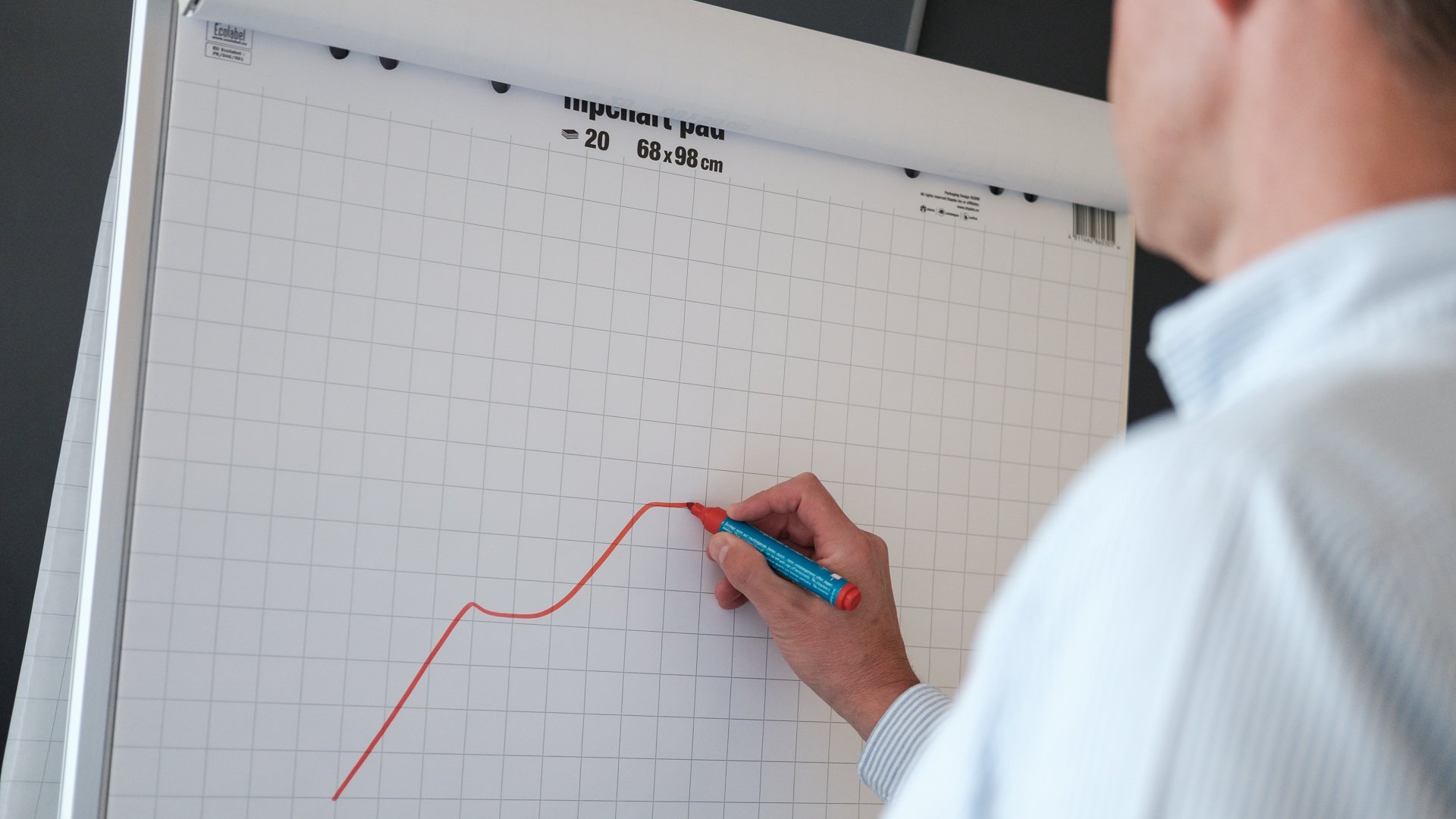Recently two friends and I started developing plans for a cycling trip from our hometown all the way to the French Alps. We would carry all our stuff ourselves and look for a place to stay wherever we would get tired: the less preparation, the bigger the adventure!
However, as we spoke enthusiastically about our trip with others, it became clear that we could easily find 10 participants. And so, my very first project as cycling tour operator was born: I did research for the routes we would take, booked accommodation for a small group, found 2 friends that would follow us in a van to do some catering and provide technical assistance …
Now the word really started spreading: friends of friends joined, acquaintances told me they had dreamed of this for years, … In my enthusiasm, I confirmed all of them. I started making the necessary arrangements … but apparently, I had been too enthusiastic: some of the B&B’s I booked simply didn’t have enough beds, the van that would carry the bikes home was too small, the physical condition of the participants was too diverse … I wasn’t organized for this kind of growth at all and had to stick to the initial 10 participants.
Seeing the potential to grow, but missing the opportunity due to too little preparation, too late.
That is the risk a lot of businesses are facing nowadays.
It is very likely that demand for your products will raise in the years to come. On the short term, probably you can reap some benefits. For instance, by using some of the excess capacity remaining from times of high demand.
However, if you want to harvest more than only the low hanging fruit (like filling excess capacity):
- Anticipation is the keyword. To really benefit from economic growth, your outlook should probably go beyond the traditional planning horizon.
- Identify bottlenecks early. Use scenario analysis to understand which process will limit the response to increasing demand first.
- Apply the right skillset in each phase: simulation might help to understand the impact of different scenarios; optimisation could help answering a sizing or location question; sensitivity analysis helps you estimate the impact if growth deviates from the expectations; …
- Apply enterprise excellence: building a culture of continuous improvement will help to improve efficiency, possibly postponing investments in additional capacity.
- Build sound business cases when investing to eliminate remaining bottlenecks.








